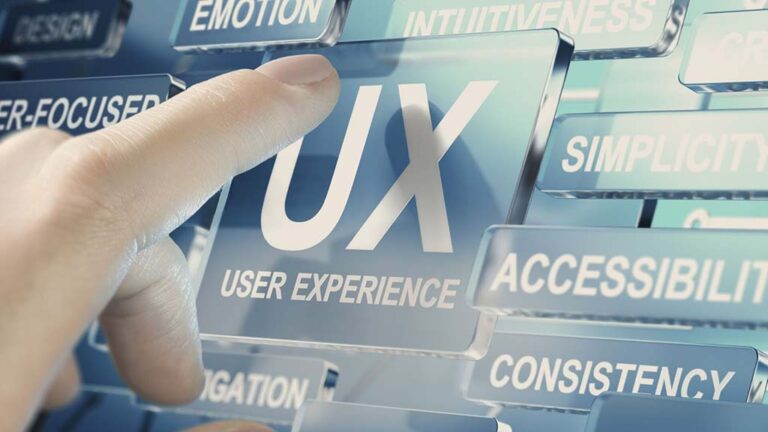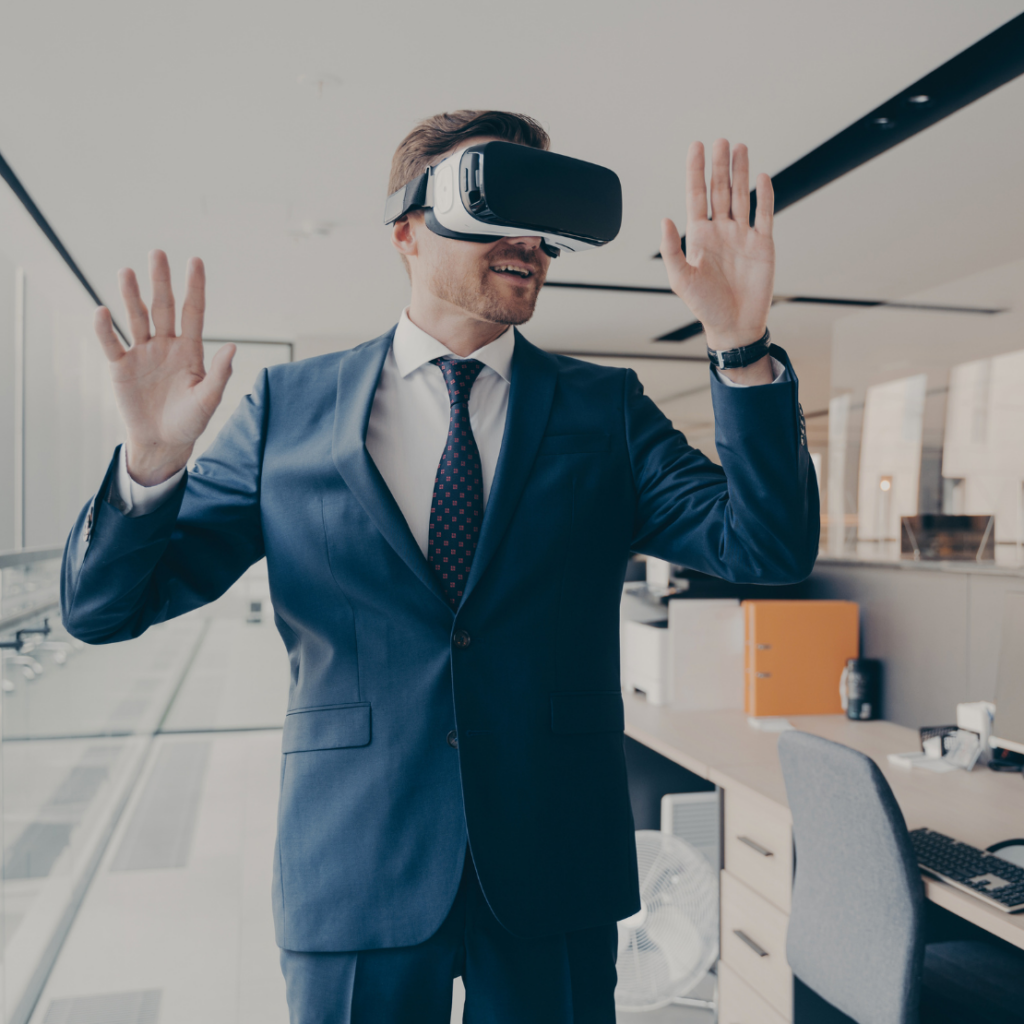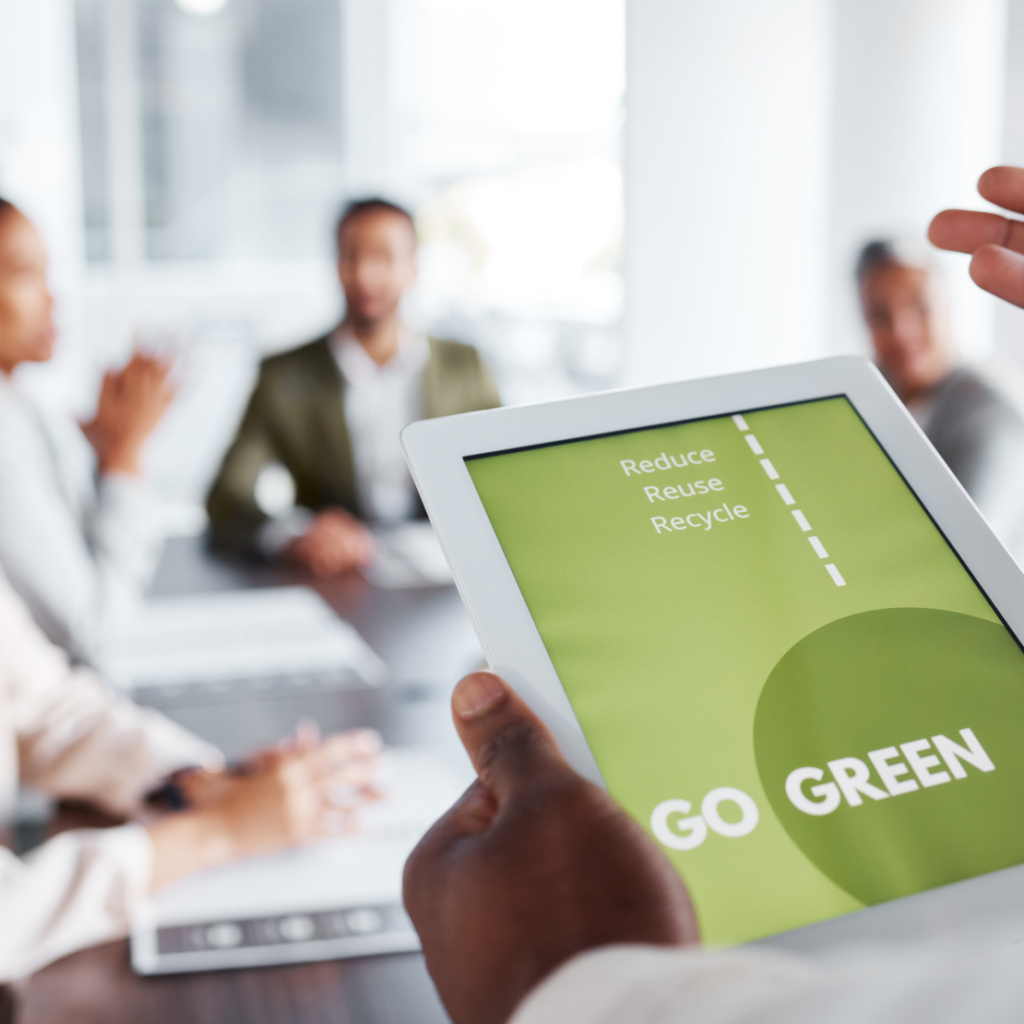
2025 UX Forecast: Where is user experience headed?
As technology continues to evolve rapidly, so too does the landscape of user experience (UX). In 2025, new challenges and opportunities will emerge that will further enhance user experiences. Here’s a look at the key trends and innovations that will shape the future of UX in the upcoming year.
1. Metaverse and hybrid experiences
The metaverse and hybrid reality experiences will no longer be a distant future in 2025. Virtual worlds and augmented reality (AR) tools will integrate more seamlessly into user experiences, enabling a blend of real and digital experiences. For businesses, this creates new opportunities for product and service showcases, direct interaction, and increasing brand engagement.
Example: AR-based product demonstrations that allow customers to virtually browse stores and experience products in a new, immersive way before making a purchase.

2. Personalized, AI-Driven UX
Artificial intelligence will play an even more dominant role in UX in 2025. AI algorithms will adapt more accurately to individual user needs, offering predictive content and features based on past behavior. Not only will AI personalize user experiences, but it will also help designers create dynamic layouts that continuously optimize based on real-time data and user interaction.
Example: Apps that offer personalized content or adjust their design elements based on the user’s mood, daily routine, or current location.


- Ethical and sustainable design
Sustainability and ethical concerns will become integral to UX design in 2025. Users will increasingly expect digital products and services to be not only functional but also socially responsible and environmentally
friendly. Designers will need to consider not only how to serve users effectively but also how to minimize the environmental impact of digital products and promote a more sustainable digital culture.
Example: Efforts to reduce carbon footprints by optimizing websites and apps for faster load times, lower energy consumption, and less data transfer, thus reducing the environmental impact of digital infrastructure.
4. Seamless voice and touch interactions
Voice- and touch-based interactions will become an even more natural part of the user experience in 2025. With the help of machine learning, gesture recognition, and voice control, users will interact with digital platforms in the most intuitive way possible. These types of interactions will allow for faster and more comfortable navigation of digital products.
Example: Apps that respond to the user’s voice for search or navigation, or gesture-based controls allowing users to interact with a screen without touching it.

- Adaptive design and device independence
In 2025, device independence will become even more important. Applications and websites will need to function seamlessly not just on desktop computers but across a variety of devices—mobile phones, smartwatches, and even wearable devices. UX will evolve to focus on ensuring users can transition smoothly between devices without losing context or usability.
Example: Applications that offer a consistent experience across various devices, whether it’s a smartphone, smartwatch, or VR headset.
6. Biometric and emotional UX
The integration of biometric data and emotion-recognition technologies into user experiences will see significant growth by 2025. Apps and devices will be able to detect a user’s emotional state and adjust the interface accordingly, creating a more personalized experience. Facial recognition and other biometric technologies will help create more tailored, intuitive interactions.
Example: An app that adjusts its content or design based on the user’s mood, such as playing calming sounds if it detects stress.

Conclusion:
The UX landscape in 2025 will focus on intuitive, personalized, and ethical design practices. Emerging technologies such as artificial intelligence, biometric data, and AR/VR applications will make user experiences more unique and interactive. As user expectations grow, UX designers will need to adapt to meet new challenges and opportunities. Over the next few years, user experience will increasingly revolve around personalized, sustainable, and technologically advanced solutions.
Recent articles
CX Benchmark: How Does Your Customer Experience Compare to Others?
UX vs. CX: What’s the Difference and How Can Both Boost Customer Loyalty?
Let’s talk about your business
At PhantomCX we love hearing about pain points as they are real opportunities to make a difference. Our experts have years of industry knowledge to help overcome those challenges and set new standards in your industry, so you leave the competition far behind.
Get in touch now and let’s talk about your business!